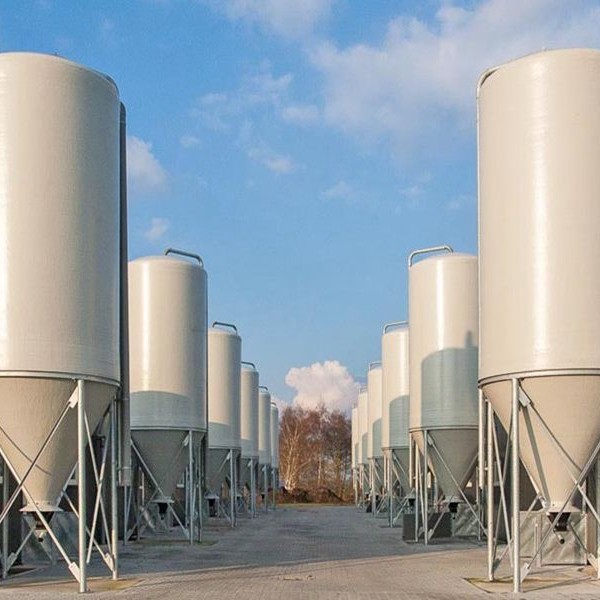
-
 Afrikaans
Afrikaans -
 Albanian
Albanian -
 Amharic
Amharic -
 Arabic
Arabic -
 Armenian
Armenian -
 Azerbaijani
Azerbaijani -
 Basque
Basque -
 Belarusian
Belarusian -
 Bengali
Bengali -
 Bosnian
Bosnian -
 Bulgarian
Bulgarian -
 Catalan
Catalan -
 Cebuano
Cebuano -
 China
China -
 China (Taiwan)
China (Taiwan) -
 Corsican
Corsican -
 Croatian
Croatian -
 Czech
Czech -
 Danish
Danish -
 Dutch
Dutch -
 English
English -
 Esperanto
Esperanto -
 Estonian
Estonian -
 Finnish
Finnish -
 French
French -
 Frisian
Frisian -
 Galician
Galician -
 Georgian
Georgian -
 German
German -
 Greek
Greek -
 Gujarati
Gujarati -
 Haitian Creole
Haitian Creole -
 hausa
hausa -
 hawaiian
hawaiian -
 Hebrew
Hebrew -
 Hindi
Hindi -
 Miao
Miao -
 Hungarian
Hungarian -
 Icelandic
Icelandic -
 igbo
igbo -
 Indonesian
Indonesian -
 irish
irish -
 Italian
Italian -
 Japanese
Japanese -
 Javanese
Javanese -
 Kannada
Kannada -
 kazakh
kazakh -
 Khmer
Khmer -
 Rwandese
Rwandese -
 Korean
Korean -
 Kurdish
Kurdish -
 Kyrgyz
Kyrgyz -
 Lao
Lao -
 Latin
Latin -
 Latvian
Latvian -
 Lithuanian
Lithuanian -
 Luxembourgish
Luxembourgish -
 Macedonian
Macedonian -
 Malgashi
Malgashi -
 Malay
Malay -
 Malayalam
Malayalam -
 Maltese
Maltese -
 Maori
Maori -
 Marathi
Marathi -
 Mongolian
Mongolian -
 Myanmar
Myanmar -
 Nepali
Nepali -
 Norwegian
Norwegian -
 Norwegian
Norwegian -
 Occitan
Occitan -
 Pashto
Pashto -
 Persian
Persian -
 Polish
Polish -
 Portuguese
Portuguese -
 Punjabi
Punjabi -
 Romanian
Romanian -
 Russian
Russian -
 Samoan
Samoan -
 Scottish Gaelic
Scottish Gaelic -
 Serbian
Serbian -
 Sesotho
Sesotho -
 Shona
Shona -
 Sindhi
Sindhi -
 Sinhala
Sinhala -
 Slovak
Slovak -
 Slovenian
Slovenian -
 Somali
Somali -
 Spanish
Spanish -
 Sundanese
Sundanese -
 Swahili
Swahili -
 Swedish
Swedish -
 Tagalog
Tagalog -
 Tajik
Tajik -
 Tamil
Tamil -
 Tatar
Tatar -
 Telugu
Telugu -
 Thai
Thai -
 Turkish
Turkish -
 Turkmen
Turkmen -
 Ukrainian
Ukrainian -
 Urdu
Urdu -
 Uighur
Uighur -
 Uzbek
Uzbek -
 Vietnamese
Vietnamese -
 Welsh
Welsh -
 Bantu
Bantu -
 Yiddish
Yiddish -
 Yoruba
Yoruba -
 Zulu
Zulu
frp chimney construction and installation for industrial and ...
FRP Chimney Construction and Installation for Industrial Applications
In the contemporary industrial landscape, the adoption of advanced materials has revolutionized construction practices, particularly in chimney design and installation. One such material that has gained significant traction is Fiber Reinforced Polymer (FRP). Its unique properties make it an ideal choice for chimney construction and installation across various industrial applications.
Benefits of FRP in Chimney Construction
FRP is composed of a polymer matrix reinforced with fibers, typically glass or carbon. This combination results in a material that boasts exceptional strength-to-weight ratios, corrosion resistance, and flexibility. These qualities are particularly advantageous for chimneys, which are often exposed to harsh environmental conditions and toxic emissions.
1. Corrosion Resistance One of the primary advantages of FRP is its resistance to corrosion. Traditional chimney materials like concrete and metal can degrade over time due to exposure to acidic flue gases and weather elements. FRP, on the other hand, is impervious to such damage, ensuring a longer service life and reduced maintenance costs.
2. Lightweight The lightweight nature of FRP significantly eases the transportation and installation processes. This is crucial in industrial settings, where time and efficiency are paramount. The reduced weight also lessens the structural load on supporting frameworks, potentially lowering overall infrastructure costs.
3. Durability and Strength FRP chimneys exhibit remarkable durability. They are designed to withstand extreme temperatures, high wind loads, and seismic activities, making them suitable for a wide range of industrial environments.
4. Design Flexibility The versatility of FRP allows for innovative designs that traditional materials may not achieve. Manufacturers can mold FRP into various shapes and sizes, enabling bespoke solutions tailored to specific industrial needs.
Installation Process for FRP Chimneys
frp chimney construction and installation for industrial and ...

The installation of FRP chimneys is a meticulous process that requires careful planning and execution. The following steps outline a typical installation procedure
1. Site Assessment Before installation, a thorough assessment of the installation site is conducted. This includes evaluating the ground conditions, proximity to other structures, and assessing environmental factors.
2. Foundation Preparation A robust foundation is essential for any chimney. In the case of FRP chimneys, the foundation must be designed to support the lightweight structure while accommodating any necessary connections to existing systems.
3. Assembly FRP components are usually prefabricated off-site, allowing for quicker on-site assembly. The sections are transported to the installation site, where they are connected using specialized adhesive systems or mechanical fasteners.
4. Quality Inspection Once assembled, rigorous quality checks are performed to ensure the structure meets all safety and regulatory standards. Inspections typically encompass both visual assessments and non-destructive testing.
5. Final Touches and Commissioning After passing quality inspections, final adjustments are made, and systems like insulation and external coatings may be applied to enhance performance and aesthetics. The chimney is then commissioned, ensuring it operates correctly before being put into service.
Conclusion
The implementation of FRP in chimney construction and installation is redefining industry standards, providing a combination of durability, cost-efficiency, and environmental resilience. As industries continue to evolve, the demand for innovative solutions like FRP chimneys is likely to grow, paving the way for a more sustainable and effective approach to industrial emissions management. By leveraging the benefits of FRP, industries can enhance their environmental compliance while simultaneously optimizing operational performance.









